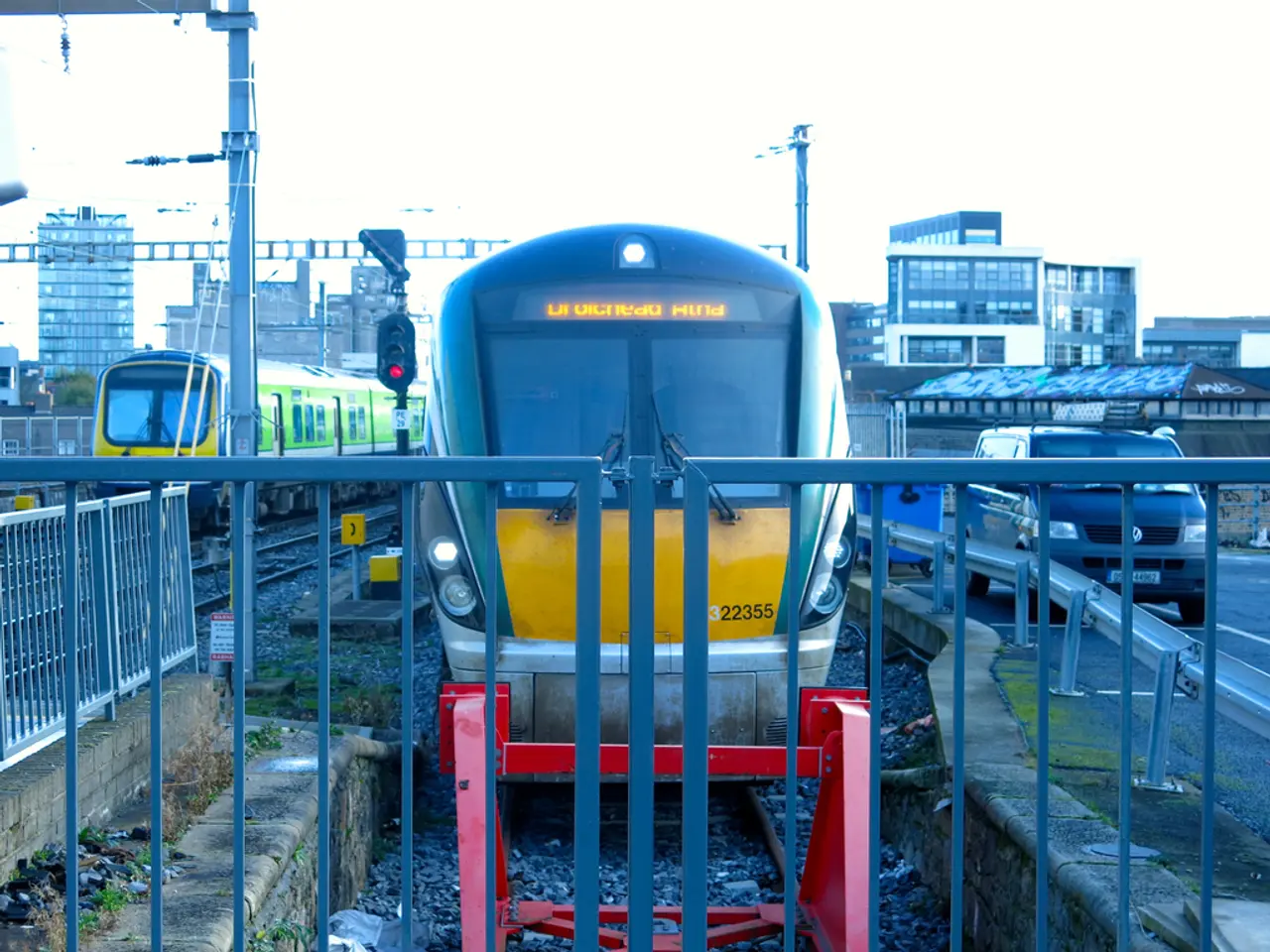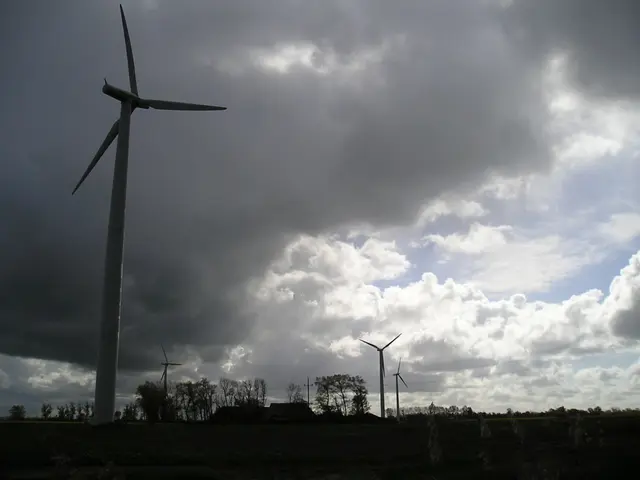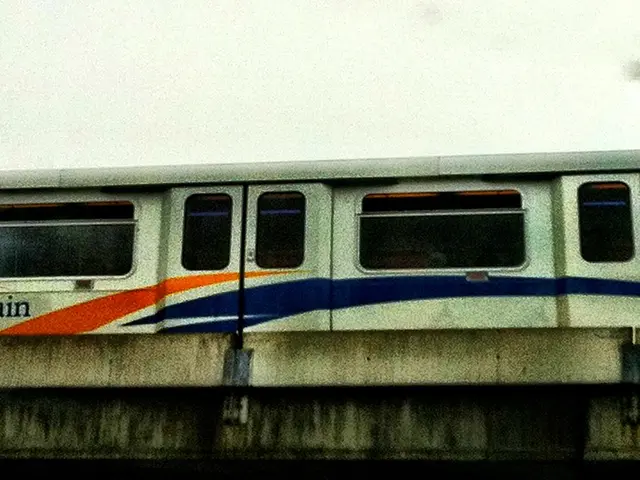Andhra Pradesh Chief Minister Naidu is spearheading plans for the South India Bullet Train Project.
In a significant development, a bullet train project is in the planning stages to connect four major South Indian cities: Hyderabad, Chennai, Amaravati, and Bengaluru. The announcement for this ambitious project was made during the India Food Manufacturing Summit 2025 in Visakhapatnam.
The proposed corridor is currently undergoing a survey, as stated by Andhra Pradesh Chief Minister N. Chandrababu Naidu. Meanwhile, construction for the Gujarat section of another high-speed rail corridor, the Mumbai-Ahmedabad high-speed rail corridor, is nearing completion. Station infrastructure along this section is being built with updated facilities, incorporating regional design elements, and including environmentally conscious features.
However, the bullet train project is facing several challenges. Issues such as limited accessibility, environmental concerns, and high costs may make ticket prices unaffordable for many. Safety incidents, including the collapse of temporary structures and gantry collapses, have also been reported.
Moreover, land acquisition for new bullet train corridors can lead to displacement and social tensions. For instance, construction near Vadodara has obstructed the Vishwamitri riverbed and floodplain, leading to demands for barrier removal before the monsoon season to prevent flooding.
The National Rail Plan has identified several potential routes for a high-speed rail network in India, including the aforementioned project. Other routes include Delhi to Varanasi, Delhi to Ahmedabad, Mumbai to Nagpur, Mumbai to Hyderabad, Chennai to Mysore, Delhi to Amritsar, and Varanasi to Howrah.
The combined population of the regions these projects would serve exceeds five crore, positioning them as one of the largest urban clusters in the world. The implementation of these projects, once completed, would carry significant economic and logistical value for the regions.
Yet, these issues highlight the complexities of balancing infrastructure development with social and environmental responsibility in India. It is crucial for policymakers and developers to address these challenges to ensure the successful implementation of these projects.








